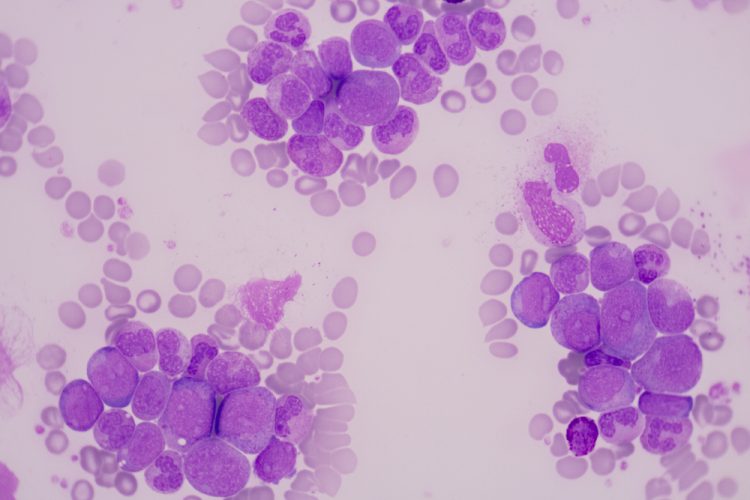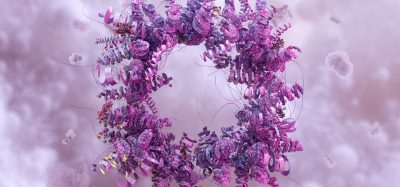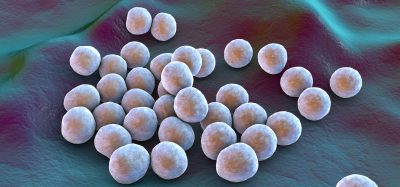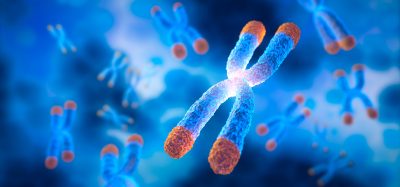Two small molecules revealed to combat mouse tumour growth in multiple cancers
Posted: 17 June 2020 | Victoria Rees (Drug Target Review) | No comments yet
Small molecules named CS1 (bisantrene) and CS2 (brequinar) have been developed by researchers to suppress the growth of tumours and have shown promise in mouse models.


Scientists say they have identified and developed two potent small molecules that appear to suppress tumour growth in several cancers in mice even when other treatments cease to work, possibly due to the development of drug resistance.
The City of Hope, US, team revealed that the molecules called CS1 (bisantrene) and CS2 (brequinar), are cancer inhibitor compounds. These are part of a protein known as ‘fat mass and obesity-associated protein’ (FTO). This protein plays a critical role in cancer development and progression, primarily because it regulates tumour stem cells and immune evasion – ie, FTO promotes the growth, self-renewal, metastasis and immune escape of cancer cells.
“The cancer inhibitors we developed are at least 10 times more effective in killing acute myeloid leukaemia cells than several previously reported FTO inhibitors,” said Dr Jianjun Chen of City of Hope and corresponding author of the new study. “In the near future, we should use these two compounds alone or in combination with other therapeutic agents such as targeted therapy, standard chemotherapy, immunotherapy or radiotherapy to treat patients with FTO-high cancers.”
In the study, City of Hope scientists demonstrated that the two FTO inhibitor compounds they developed had potent anti-tumour effects and substantially improved overall survival in mice with acute myeloid leukaemia (AML) or a solid tumour such as breast cancer.
The researchers discovered that CS1 and CS2 prevent FTO from connecting with target messenger RNAs, including the cancer-causing genes MYC and CEBPA, as well as the immune checkpoint gene LILRB4.
The team say that modifying FTO or using small molecules to inhibit FTO interrupts the supply chain that enables tumours to develop and progress. The studies showed that treatment of with a relatively low dose of CS1 or CS2 (5mg/kg/day 10 times every other day) could, at the very least, double the median survival in mouse models with AML. CS1 became more potent after the lab put a kind of sleeve over it so that it could bypass certain hydrophobic barriers.
“Our study suggests that combining FTO inhibitor treatment with other therapies will improve patient outcomes because this method will eradicate cancer stem cells and mechanisms that suppress the immune system,” said Dr Rui Su, lead author of the study and assistant research professor at City of Hope.
The researchers are now working to further optimise CS1 and CS2 to develop improved FTO inhibitor compounds that are more efficacious with minimal side effects for humans.
The study was published in Cancer Cell.
Related topics
Drug Development, Drug Targets, Oncology, Research & Development, Small Molecules, Target Molecule, Targets, Therapeutics
Related conditions
acute myeloid leukaemia (AML), Breast cancer, Cancer
Related organisations
City of Hope
Related people
Dr Jianjun Chen, Dr Rui Su








